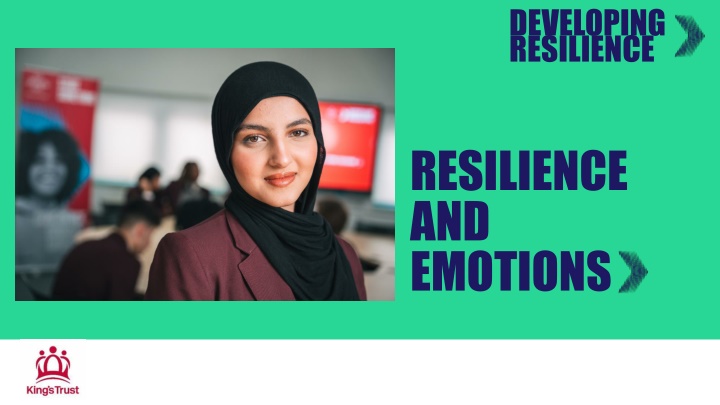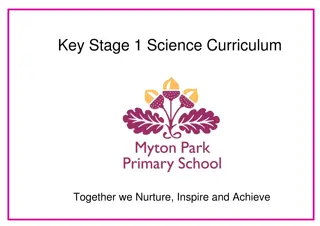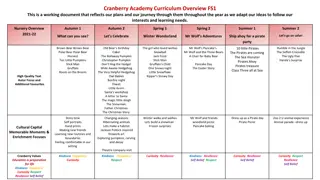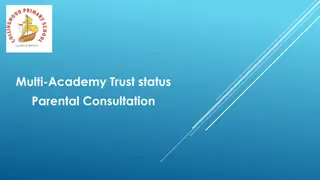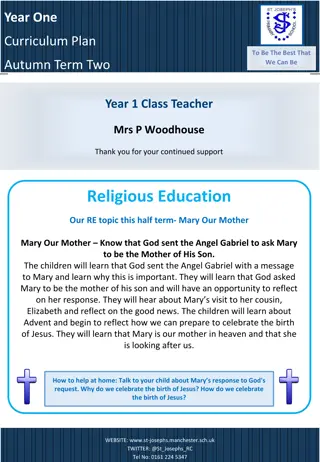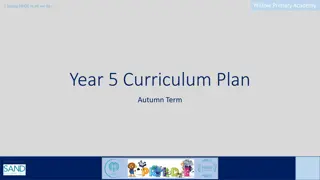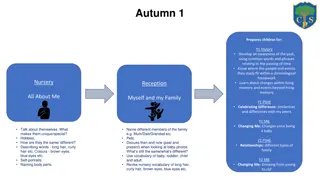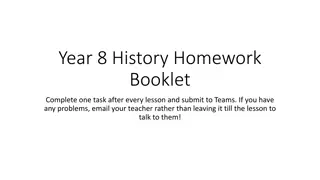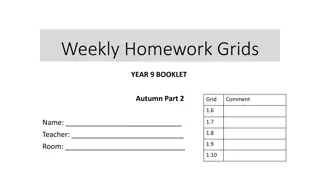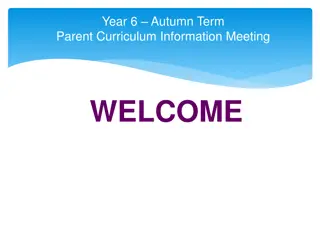Willow Primary Academy | Year 3 Autumn Term Curriculum
Curriculum plan for Year 3 at Willow Primary Academy including English, Maths, Reading, Science, History, PE, Geography, RE, Art, and Design & Technology projects for the autumn term.
Download Presentation

Please find below an Image/Link to download the presentation.
The content on the website is provided AS IS for your information and personal use only. It may not be sold, licensed, or shared on other websites without obtaining consent from the author.If you encounter any issues during the download, it is possible that the publisher has removed the file from their server.
You are allowed to download the files provided on this website for personal or commercial use, subject to the condition that they are used lawfully. All files are the property of their respective owners.
The content on the website is provided AS IS for your information and personal use only. It may not be sold, licensed, or shared on other websites without obtaining consent from the author.
E N D
Presentation Transcript
DEVELOPING RESILIENCE RESILIENCE AND EMOTIONS
WHAT IS RESILIENCE? Resilience is our ability to adapt to any situation even if they are challenging or stressful. Resilience is something that can be nurtured and developed. There are different types of resilience we need to develop to best support ourselves these are: Physical Mental Emotional Social
RESILIENCE GRAFFITI WALL Take a piece of flip chart paper and write resilience in the middle. Use ONE colour pen to write down all the things you already know about resilience. We will revisit this at the end of the activities and use a different colour pen to add on everything you have learnt!
Physical Resilience Is our body s ability to meet physical challenges when they arise, such as sickness, accidents, or stress.
Mental Resilience Is our ability to meet challenging situations through problem- solving and being creative with our ideas and ways of thinking. Having this helps us to focus and concentrate better.
Emotional Resilience This is how we manage our emotional response to challenges and deal with our feelings and emotions. It is important that we understand how we emotionally react to challenges.
Social Resilience Is our connection to others and we can support each other through difficult times. Things like community, family, and friendship support are important.
TASK WHAT RESILIENCE MEANS TO ME Create a poster that outlines what resilience means to you. Write the words Resilience means to me Then add your own definition and decorate your poster.
WHAT DOES RESILIENCE LOOK LIKE? Think about what behaviours (how they act) and the characteristics (the traits or qualities) a resilient person might have. Think about someone who you think shows resilience. This might be: A friend or family member A teacher A character from a book or TV show
WHAT DOES RESILIENCE LOOK LIKE? BEHAVIOURS CHARACTERISTICS (What someone does) Know where to go for help (A quality/ trait someone has) Problem-solving Break down bigger problems into smaller ones Social Connections Seek and have friendship groups Awareness Try and be a team player Ask for help when they need it Positive mindset Always try and learn new ways of doing things Self-control Show thanks/gratitude for what is good today Self control and awareness Let go of the need to feel in control Control their emotions (frustrations, upset, anger etc.) Optimism Think in the present not in the past/future
PAPER TOWER CHALLENGE Tower Challenge Rules Build the tallest free-standing tower you can You can only use the resources given to you When you are given a setback or obstacle you must keep that in mind until you are told otherwise.
PAPER TOWER CHALLENGE How did you feel when you were given a new obstacle? What emotions did you feel throughout the activity? Did your emotions change throughout? Did these emotions affect how resilient you felt? How did these emotions affect how resilient you felt? What behaviours or characteristics did you use?
PAPER TOWER CHALLENGE The obstacle was that half my team couldn t speak. I felt frustrated at this as we were working well together, and this made us stop. To overcome this, we assigned different roles so the ones who could speak directed the others. They focused on ripping up paper and cello tape. This links to the characteristic of problem-solving.
ACTIVITY REFLECTION Use the reflection template to reflect on those questions. Reflect on how you felt throughout the task, if those emotions changed and whether this affected your resilience. How can you use what you ve learnt today to continue to develop your resilience?
POSITIVE AND NEGATIVE EMOTIONS A positive emotion is a feeling which makes you happy, joyful, or content. This includes emotions such as feeling happy, excited, and surprised. A negative emotion is the opposite they make us feel uncomfortable. These emotions could be feeling sad, angry, or scared.
TASK EMOJI EMOTIONS Complete the emoji emotions worksheet. Choose one negative and one positive emotion and design a new emoji with represents both emotions.
EMOTIONAL CHARADES Come to the front of the classroom and pick an emotion from the list below. Act out this emotion but you cannot talk! The rest of the group need to guess what emotion you are acting. EMOTIONS Happiness Sadness Anger Fear Disgust Boredom Calm Excitement Inspired Proud Guilty Lonely Panic Worried
HOW DO EMOTIONS AFFECT OUR RESILIENCE? Once you have guessed the emotions discuss in your groups how these emotions might affect someone's resilience. Share your answers
WRAPUP Remember resilience is a skill we can continue to develop! What behaviour have you learnt about could you use in the next few days to help develop your own resilience?
